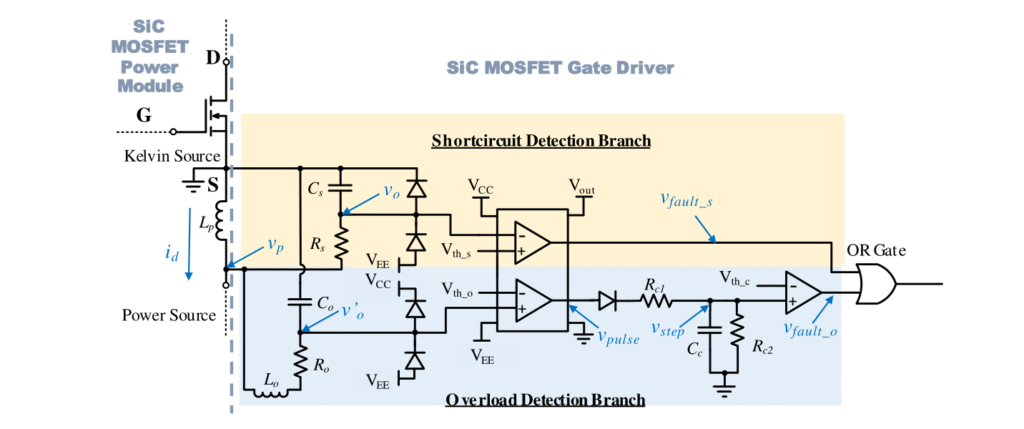MOSFET Overload Detection Circuits: A Simple Solution for Your Electronics Projects

In electronics, ensuring that components like MOSFETs operate within their safe limits is crucial. Overloading a MOSFET can cause permanent damage or even failure of your circuit. But how do you detect when your MOSFET is about to go into overload mode?
The Problem :
A MOSFET overload occurs when the current passing through it exceeds its rated limit, causing excessive heat and potential failure. Overloads often happen unexpectedly, especially in prototyping when the circuit’s design isn’t finalized or fully tested.
The Solution :
One way to detect MOSFET overload is by using a simple current sensing circuit. A shunt resistor placed in series with the MOSFET allows you to measure the voltage drop caused by the current flow. By comparing the voltage drop to a threshold value, you can detect when the MOSFET is under strain and take action to protect it.
Practical Example :
Imagine you’re building a motor driver circuit using a MOSFET to control a small fan. If the fan draws too much current, the MOSFET can overheat. By adding a current sensing circuit, you can monitor the current and set an alarm to go off if it exceeds a safe threshold. This could prevent damage to your MOSFET and ensure the longevity of your fan and other components.
Sample Calculation :
Let’s say your MOSFET can handle up to 10A.
If you’re using a 0.1Ω shunt resistor, the voltage drop at 10A will be:
V=I×R=10A×0.1Ω=1V
You can set the detection threshold to 1V to trigger an alert when the current exceeds the limit.
Product Suggestion :
To safeguard your projects, consider using high-quality MOSFETs and current sensing components—Made in India. Explore products like MOSFETs and current sensors to ensure your circuits run smoothly. Shop now at SmartXProKits.
Support our work and India’s innovation—buy from our Make in India site!




















